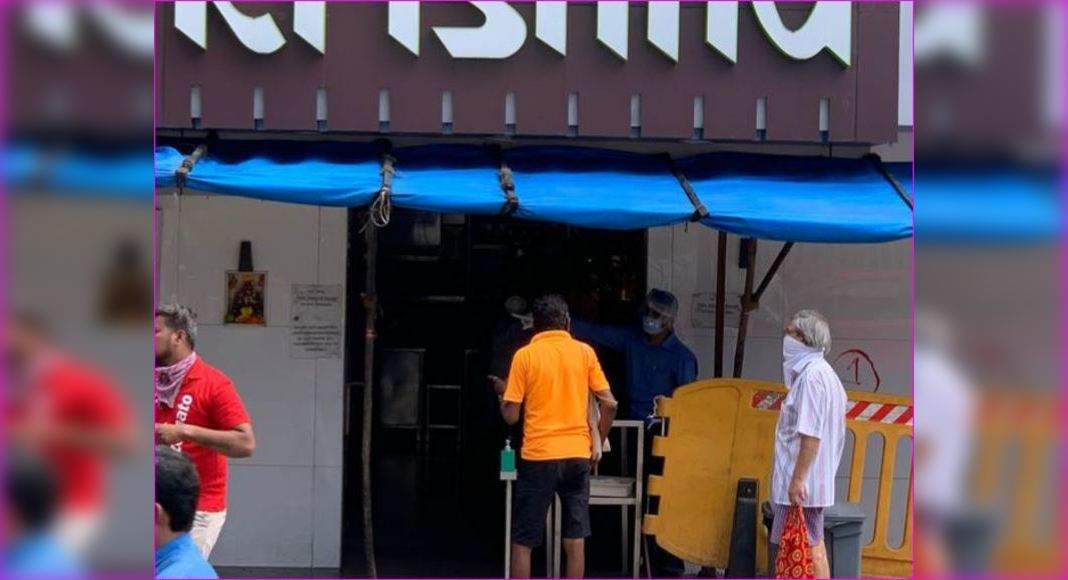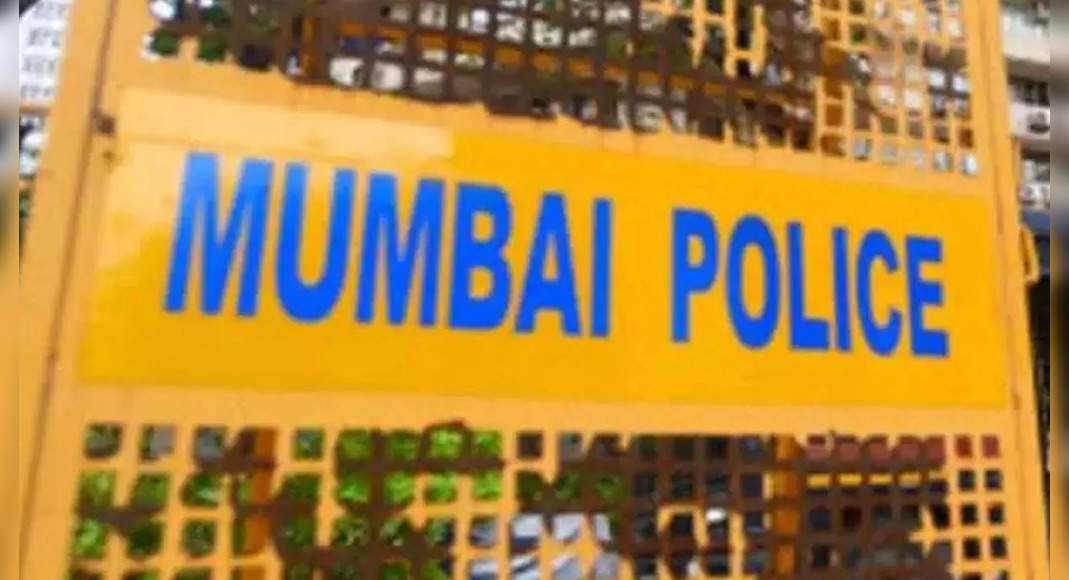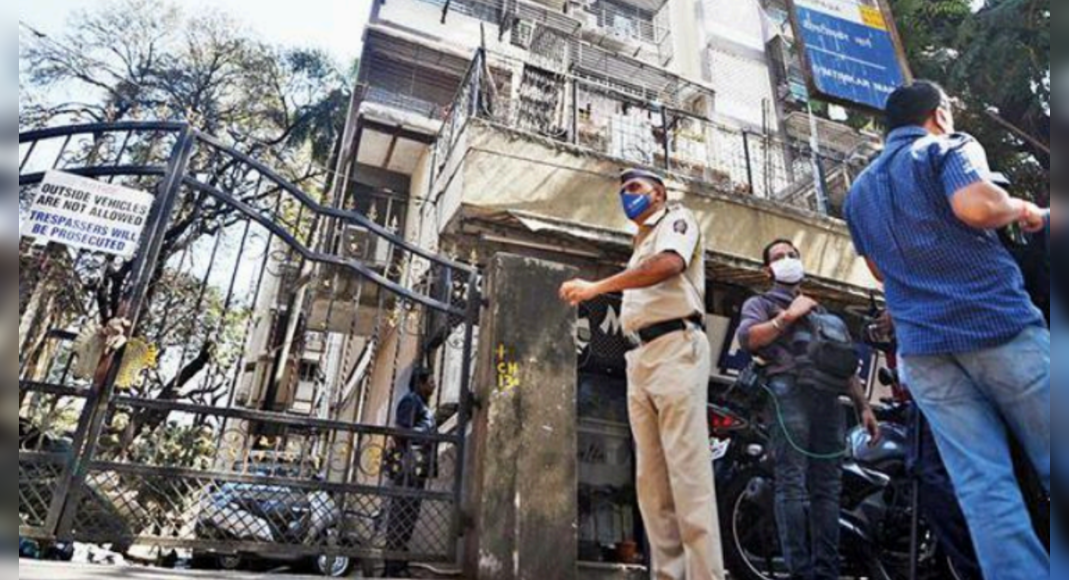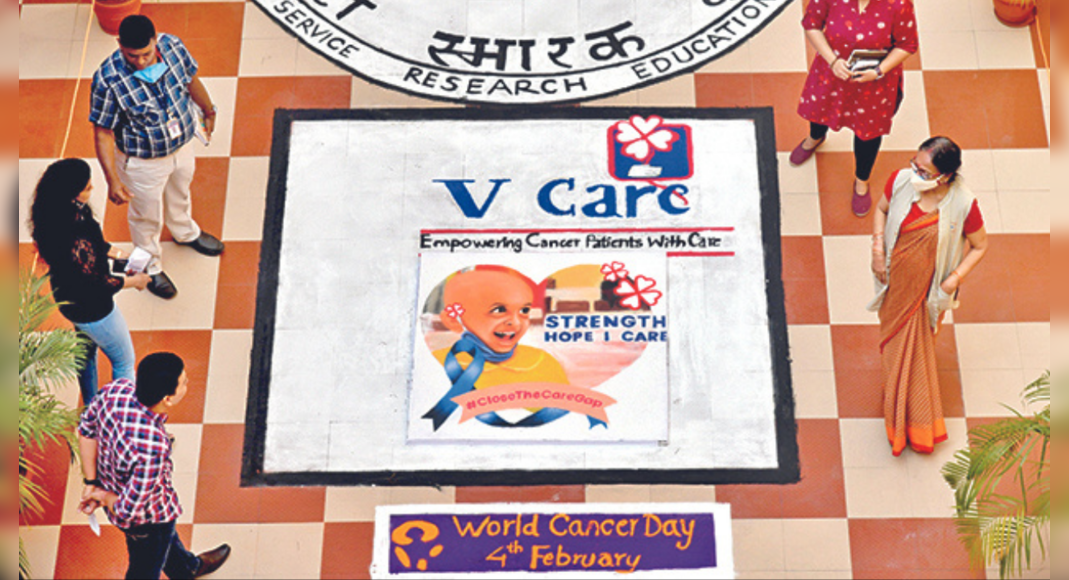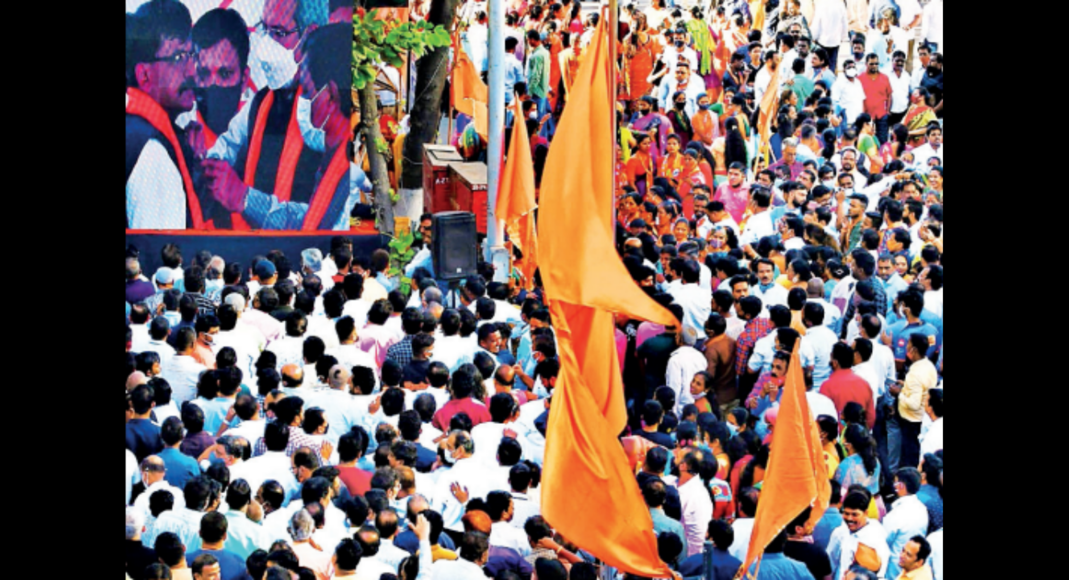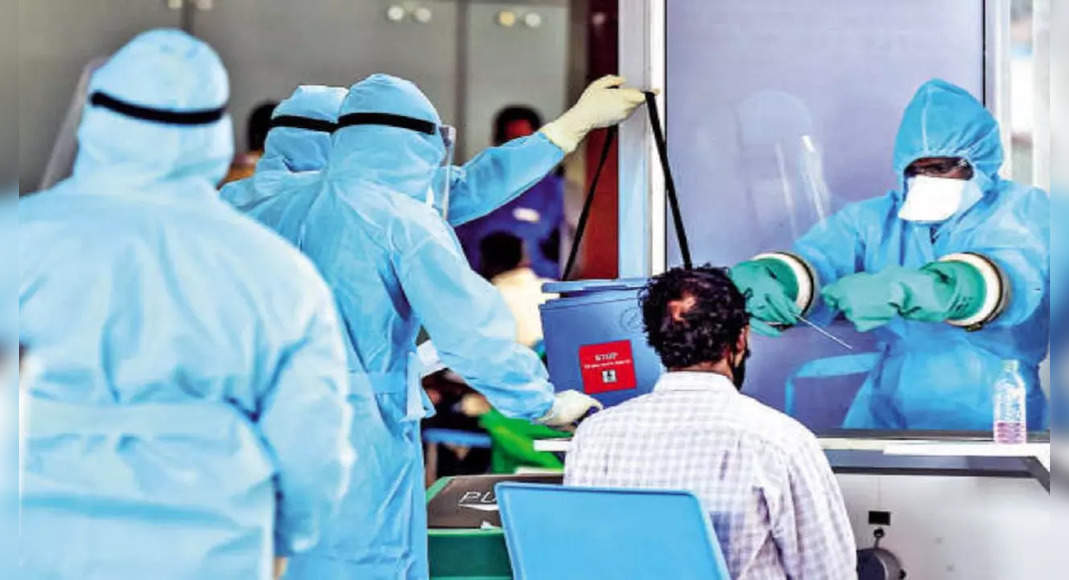MUMBAI: A city accustomed to staying indoors since 2020 took it slow and steady on the first day of the unlocking of the broad economy.
Several stores selling non-essential items, gyms, salons and restaurants did reopen for indoor clientele, and obeyed the state’s call to roll down shutters at 4.00pm.
But many other establishments still remained closed, unwilling to risk the expenses of reopening sans customers.
Restaurants welcomed daytime diners after months of impersonal home delivery.
“Around 20-25% restaurants and cafes opened with 50% capacity, registering 30-40% of the pre-Covid business.
Many migrant workers are yet to return so most hotels kept dine-in facility closed.
But this may improve soon,” said AHAR president Shivanand Shetty.
However, HRAWI (Hotel and Restaurant Association of Western India) senior VP Pradeep Shetty said only 15-18% restaurants reopened.
He said, “We request the authorities to allow us to operate till 11.00pm.” Satguru Veg Diet, Chembur.Fitness enthusiasts flocked to gymnasia like a leash had been removed.
Ten people were working out at the Mumbai Cricket Association gym in BKC around 9.00am, half the normal number, since government rules say they must operate at 50% capacity.
One member Asad Ali said, “We were so glad to be back for our fitness routine.
The equipment was sanitised and the premises were clean.
Afterwards we went for tea and snacks to a nearby restaurant, and there too, customers were enjoying their breakfast of omelette pav after many weeks.
The city was clearly tired of being cooped up indoors.” Mumbai Cricket Association gym in BKC.
Photo: Ahmed AliBandra corporator Asif Zakaria pointed out a loophole in the new rules.
While municipal parks, gardens and open grounds may be open only from 5.00-9.00am, outdoor sports activity is allowed during those hours, as well as from 6.00-9.00pm.
“But where will people play outdoor sports if grounds and parks are shut in the evening?” he pointed out.
In an obvious drawback, public transport infrastructure failed to meet the challenge of this mini unlocking.
Long queues of frustrated passengers unfolded at BEST bus stops, especially Sion and Borivli, as trains remained off bounds for the common commuter.
The rush was expected, said an official, also because the BEST fleet has been pared down to less than 2,000 vehicles as compared to the earlier 4,000 buses that plied every day.
Until more buses are added, the shortage will continue.
BEST operated with 100% occupancy from Monday.
Ashok Datar from Mumbai Mobility Forum said BEST should put maximum buses on busiest routes and keep proper frequency without worrying about losses.
Autos saw 30% rise in ridership.
Motorists reported congestion on the Eastern and Western Express Highways, Andheri East, Dadar and LBS Road.
“There was a 10% rise in movement of private vehicles in the western suburbs,” said a senior traffic officer.
Under the easier relaxations of Navi Mumbai and Thane, malls, food courts and restaurants drew shoppers like bees to honey.
Around 80% stores at Seawoods Grand Central Mall, Nerul, reopened Monday, clocked 6,000 footfalls — and went into raptures over a customer who purchased items worth Rs 25,000 on day one itself.
” Most customers were seen walking out with shopping bags,” said a pleased Jayen Naik, senior VP, operations & projects, Nexus Malls which owns this mall.
However, activists Rohitt Malhotra and Anarjit Chauhan urged NMMC to monitor violations of footfalls and closing timings.
Wine shops in Vasai-Virar saw maximum buyers who stood in orderly queues to secure their fix.
Bar owners in Mira Bhayander expressed upset at being included under stringent Level 3 guidelines.
Kalyan-Dombivli saw happy shoppers flock to buy “non essential” items like garments and footwear.
Bhavesh Maru, general secretary of Thane Vyapar Udyog Mahasangh received complaints of authorities enforcing shutdowns in Ghodbunder and Kalwa, Mumbra.
The confusion was resolved after senior officers clarified.

